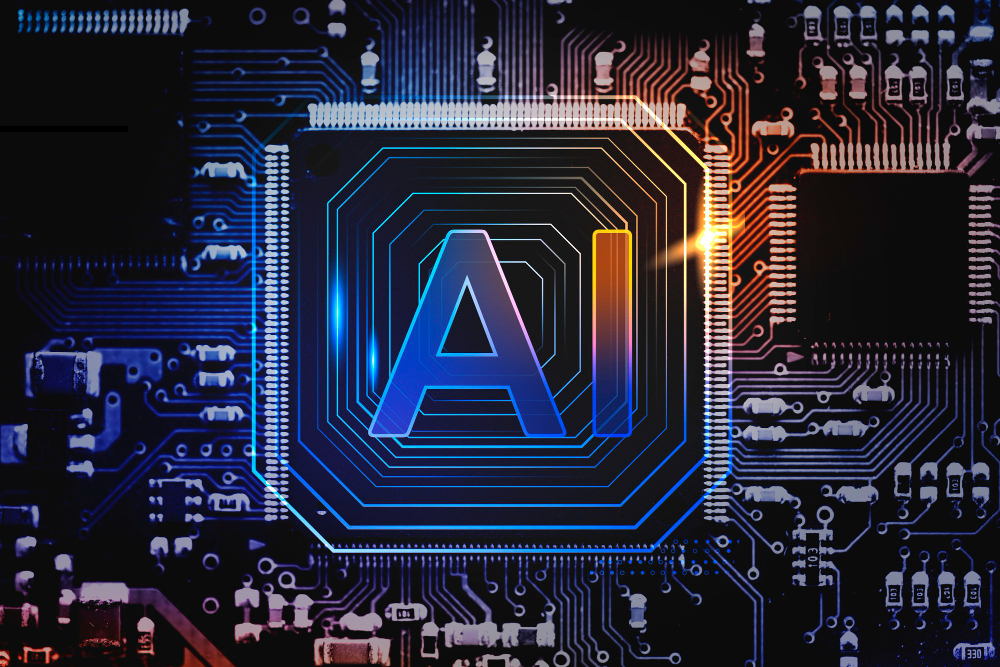The conversation around artificial intelligence has shifted dramatically in recent months. While 2023 was dominated by large language models like ChatGPT and Bard, 2025 is shaping up to be the year of the AI agent—intelligent software entities capable of performing tasks, making decisions, and executing workflows independently.
From open-source projects like AutoGPT and OpenDevin to enterprise-ready tools being built by startups and tech giants alike, AI agents are no longer a futuristic dream—they are fast becoming a productivity mainstay in organizations of all sizes.
What Are AI Agents?
AI agents are a step beyond chatbots or passive AI tools. They are autonomous, proactive systems that can:
- Understand objectives
- Break them down into actionable tasks
- Access tools and services (browsers, APIs, databases)
- Make decisions based on outcomes
- Learn from feedback and adapt
In other words, AI agents act more like digital employees or collaborators than static tools.
For example, instead of asking a chatbot to summarize a document, you could ask an AI agent to conduct competitive research, compile data from multiple sources, format it into a report, and even schedule a presentation—without any manual intervention.
From Copilots to Colleagues
The shift from AI as an “assistant” to AI as an “agent” marks a profound evolution. In the past, productivity tools like GitHub Copilot or Microsoft 365 Copilot were reactive—you gave them a prompt, they responded.
Now, tools like Devin (by Cognition AI) have demonstrated the ability to autonomously write, test, debug, and deploy code. In internal demos, Devin has taken vague task descriptions and turned them into live web applications.
This transition is already impacting departments like:
- Engineering: Agents handle bug triaging, code documentation, and even pull request automation.
- Marketing: AI agents can manage entire email campaigns, from audience segmentation to A/B testing and performance analysis.
- Sales: AI follows up with leads, drafts proposals, and auto-schedules meetings based on dynamic priorities.
Why It Matters Now
Several breakthroughs have converged to make autonomous agents viable in 2025:
- Model Multimodality: Modern agents can interpret text, code, images, and audio.
- Tool Use: Models now interact reliably with browsers, databases, command lines, and APIs.
- Memory & Planning: Advancements in long-term memory and goal planning have made it possible for agents to work over hours or days.
- Cost Efficiency: Inference costs have dropped significantly, making continuous agent tasks economically feasible.
Together, these capabilities mean agents can operate in open-ended environments, tackling unstructured and complex workflows.
Challenges and Limitations
Despite the hype, AI agents aren’t flawless. Some key concerns remain:
- Reliability: Agents may “hallucinate” solutions or get stuck in loops.
- Security: Granting agents access to sensitive tools or systems can create new attack surfaces.
- Accountability: Who is responsible when an agent makes a mistake or a biased decision?
These challenges have led many organizations to implement agent “sandboxing” strategies—running agents in controlled environments with human-in-the-loop oversight.
The Future: AI Teams for Human Goals
Looking ahead, the rise of multi-agent systems—where several AI agents collaborate like human teams—is on the horizon. Imagine a product design agent working with a market research agent and a supply chain agent to launch a new product without direct human input.
The role of humans will shift toward strategy, oversight, and creativity, while agents manage execution and optimization.
AI agents represent one of the most transformative shifts in workplace automation since the internet. They are not just tools—they are evolving into digital collaborators capable of reducing busywork, speeding up innovation, and giving professionals more space to focus on high-value tasks.
As we move deeper into 2025, organizations that embrace and integrate AI agents wisely will gain a significant competitive edge.
